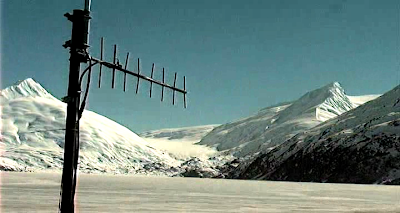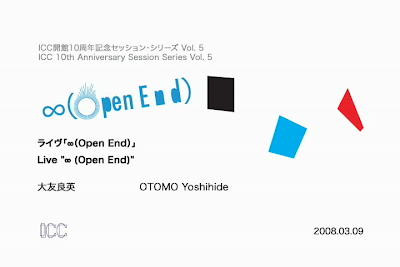Director: Ruth Lingford
Year: 1994
Time: 5 mins
Music: Lol Coxhill
Eye of Sound: Entirely produced with an Amiga 1500 computer and supported by a haunting solo sax performance by British stalwart Lol Coxhill, What She Wants is a powerful and disturbing reflection both on the contradictory challenges of womanhood in capitalist societies living under the banner of sexual revolution and the increasingly dominant equivalence of status, commodity and sexuality. Using a starker design than the one applied in her famous 1997 work Death and the Mother, Ruth Lingford violently condenses some of the contesting anxieties, fears and aspirations that swarm around contemporary models of femininity, often short-circuiting efforts at completeness and integrity, while drawing a subtle critique of the growing intrusion of capital in the constitution and exercise of desire. Images of erotic abandonment clash with fertility demands; advertisements that explore the commodification of romance and monogamy co-exist with over-sexualized models of status, fitness and public desirability; motherhood threatens sexuality much in the same way that a fellatio becomes an act of infantophagy and a suckling baby is transformed into a raping wolf. Desire is thus besieged by circles of violence, as if conscience and psyche are under constant rape by capitalist courtship, so that a coin purse can be morphed into a bright red vulva or an ejaculating phallus. However, as "the market" has taught us, there is a price for everything and, where pleasure and cashflow can be equated, poverty can be a symbol of detumescence.
Dedicated to NMM
* fresh link available *







































